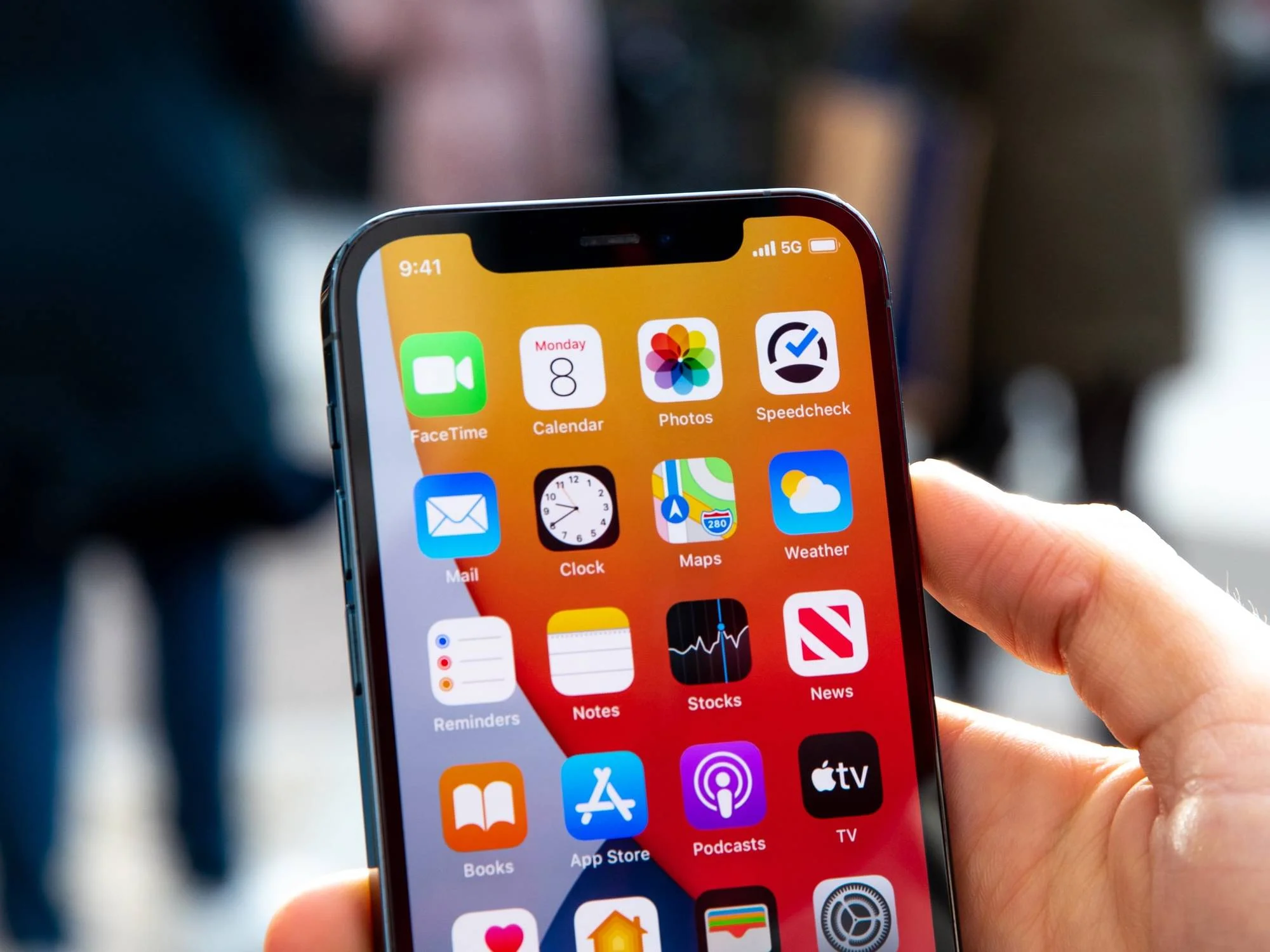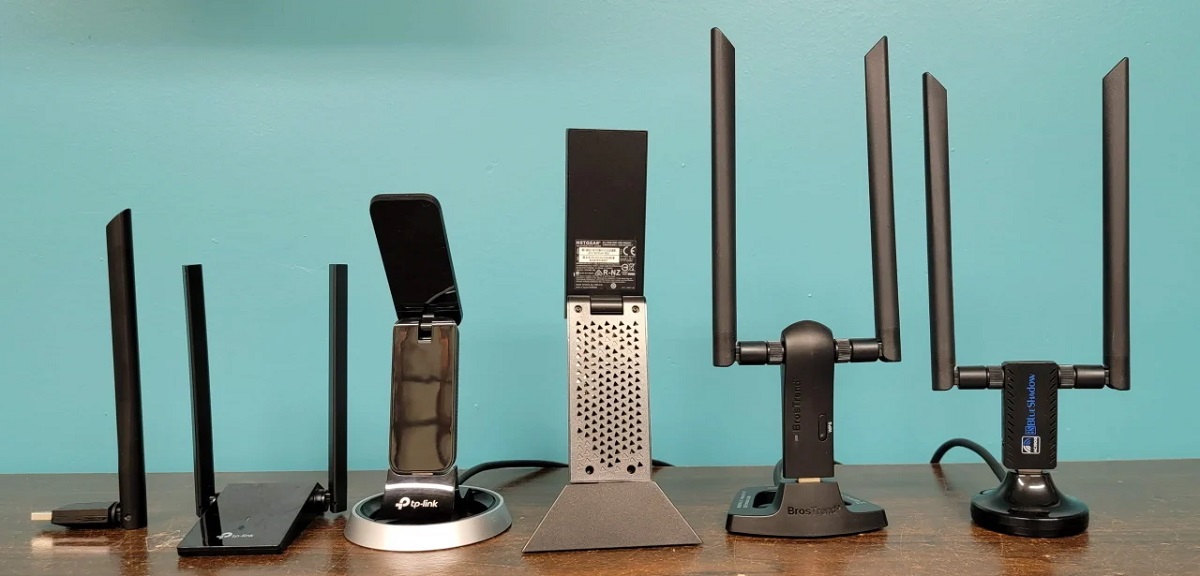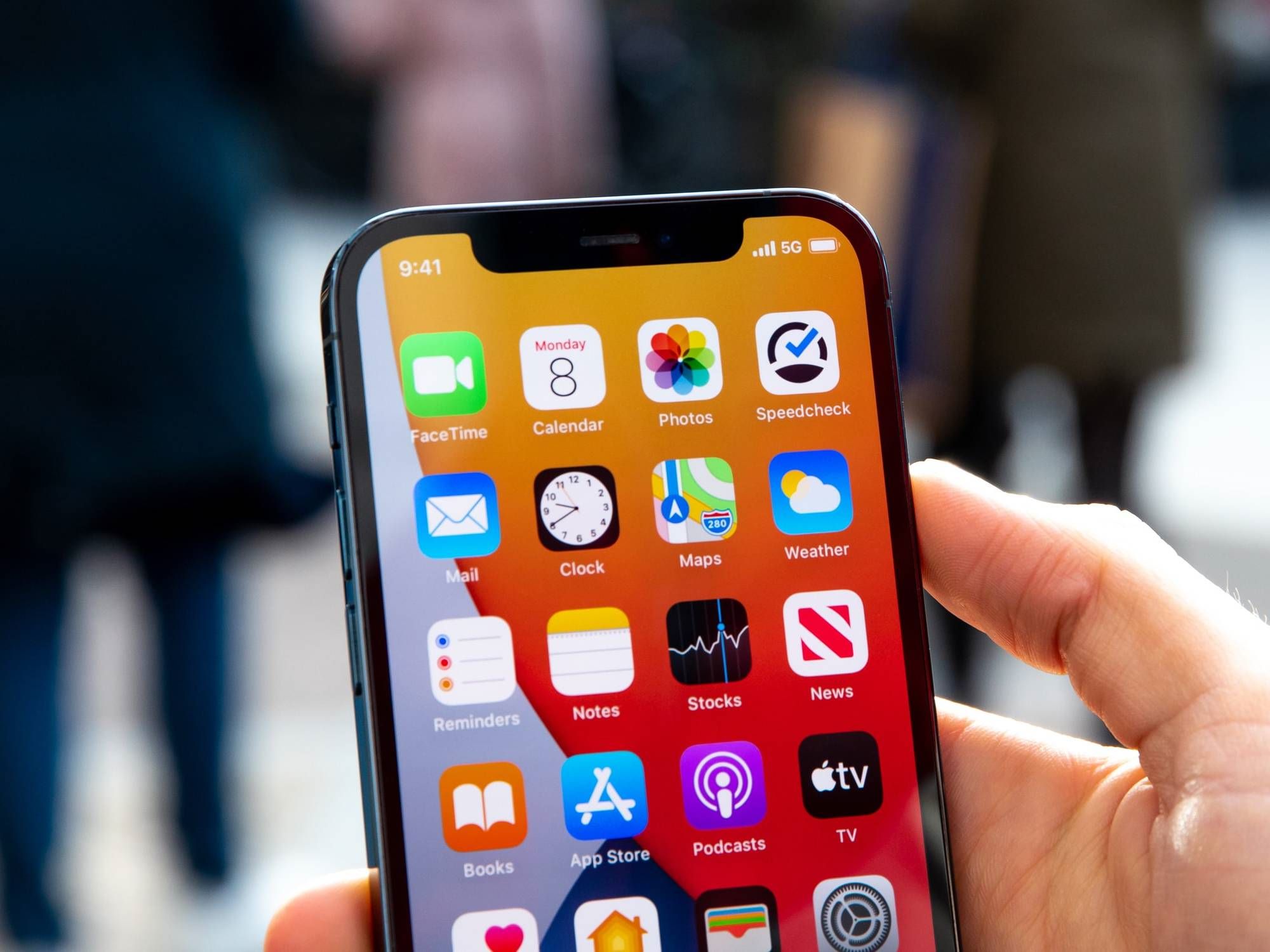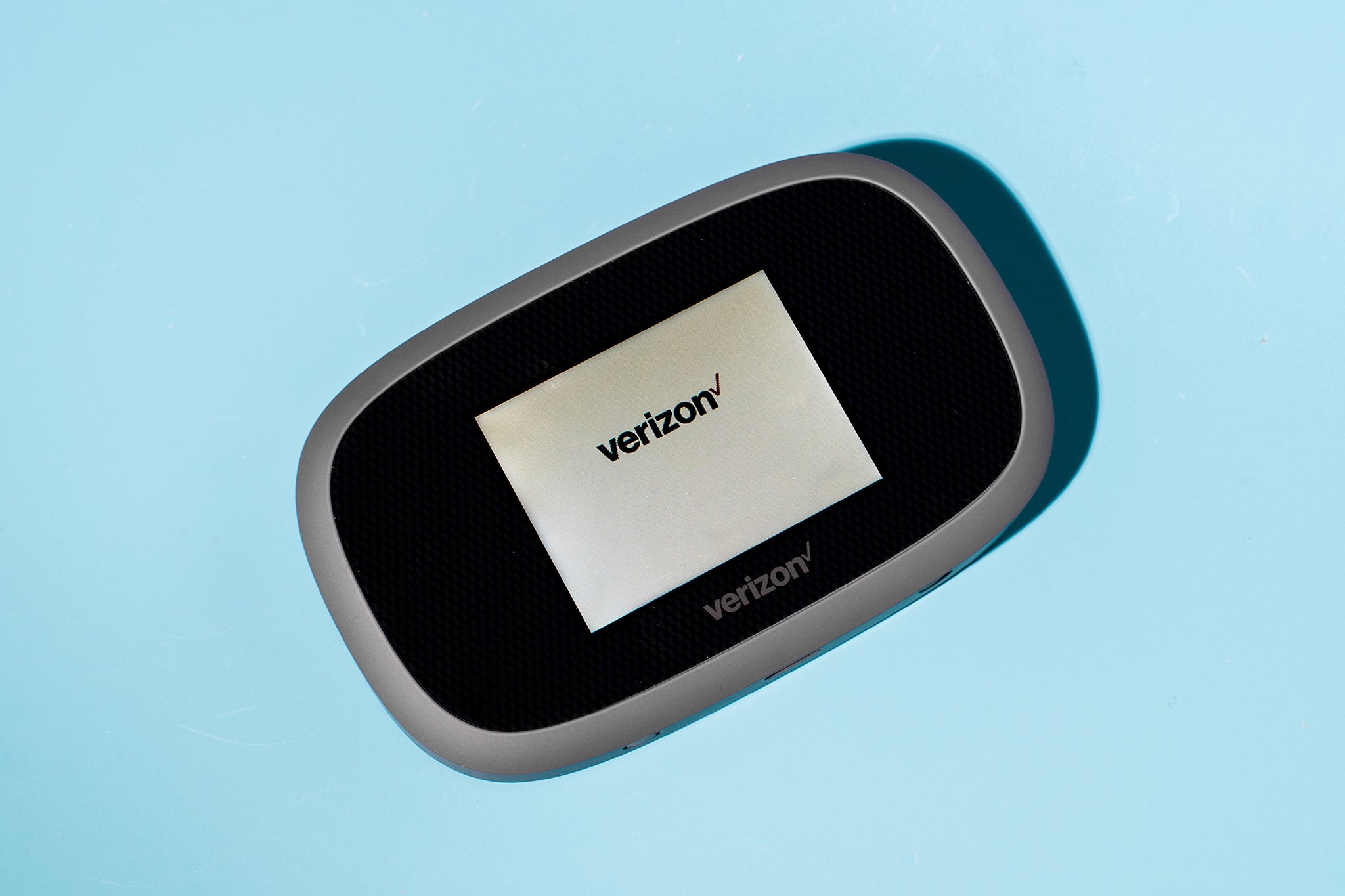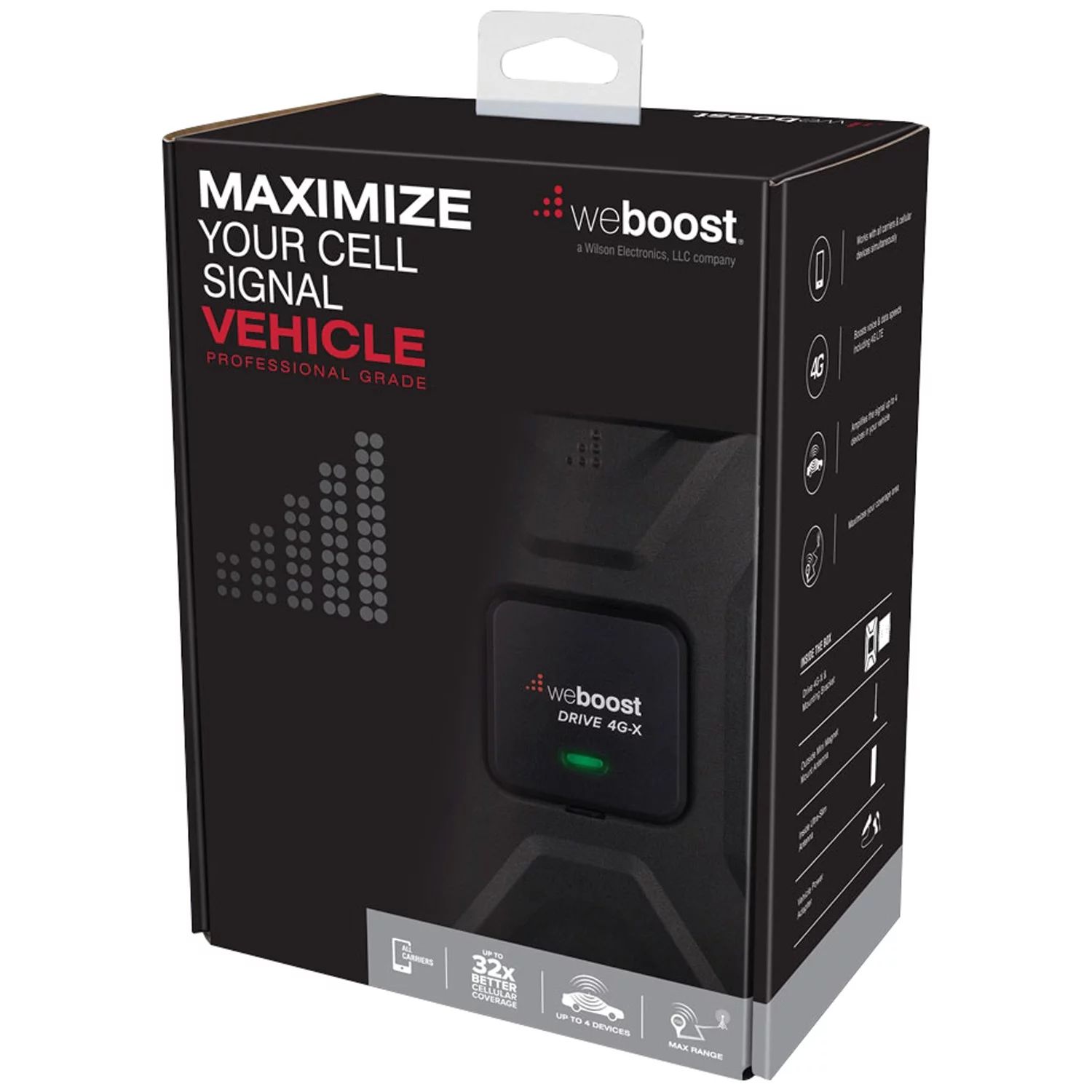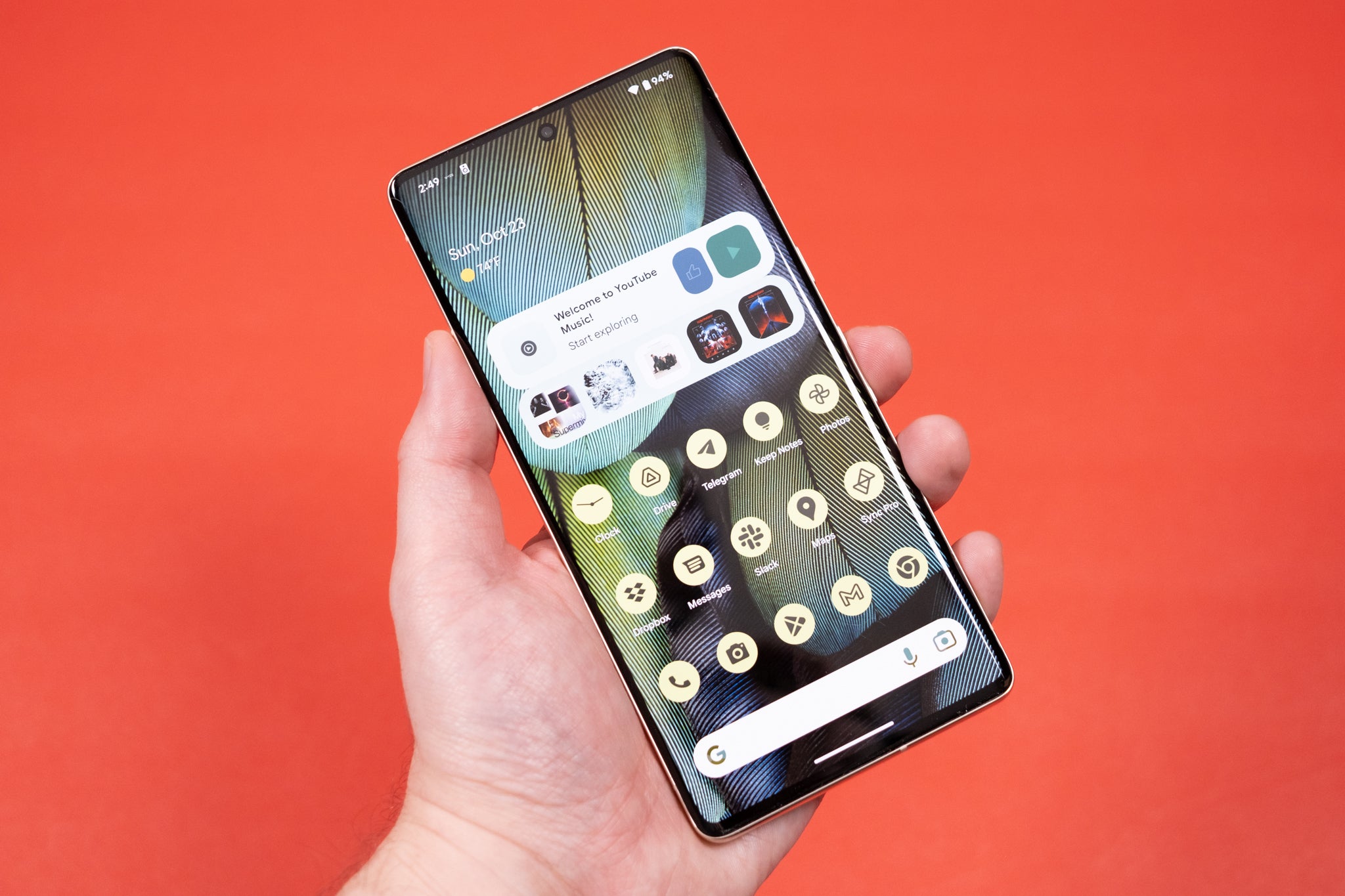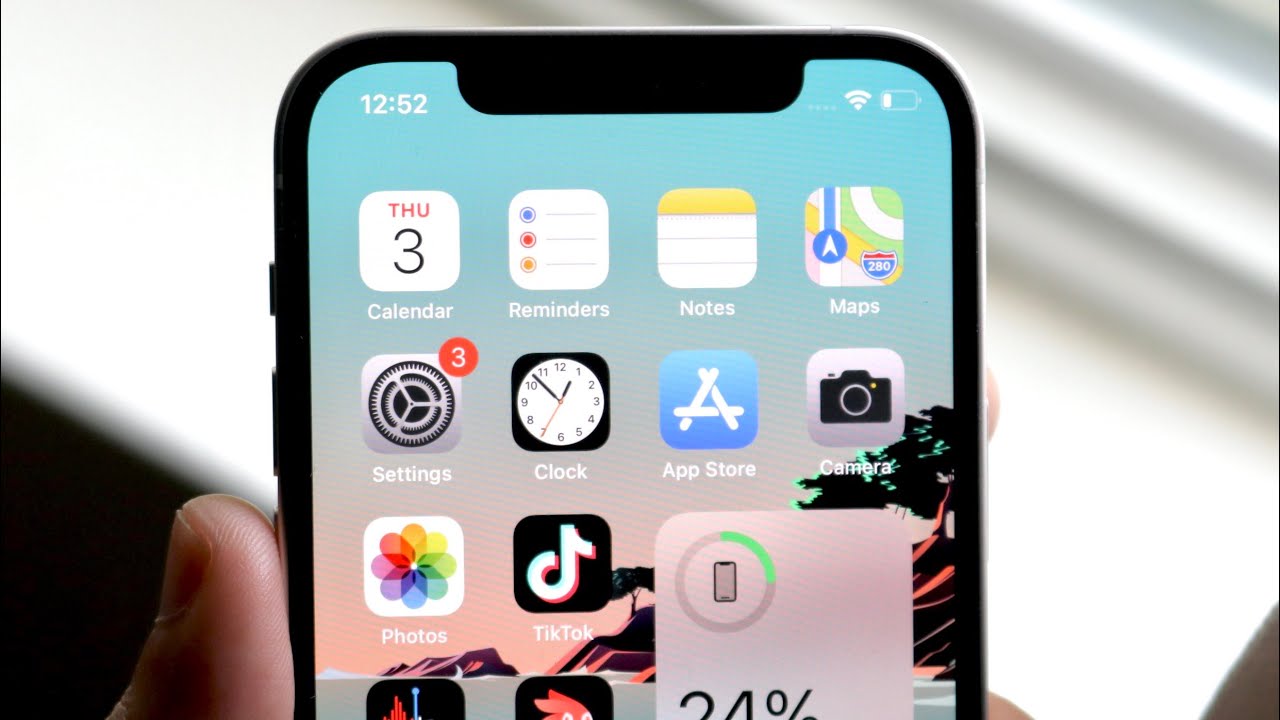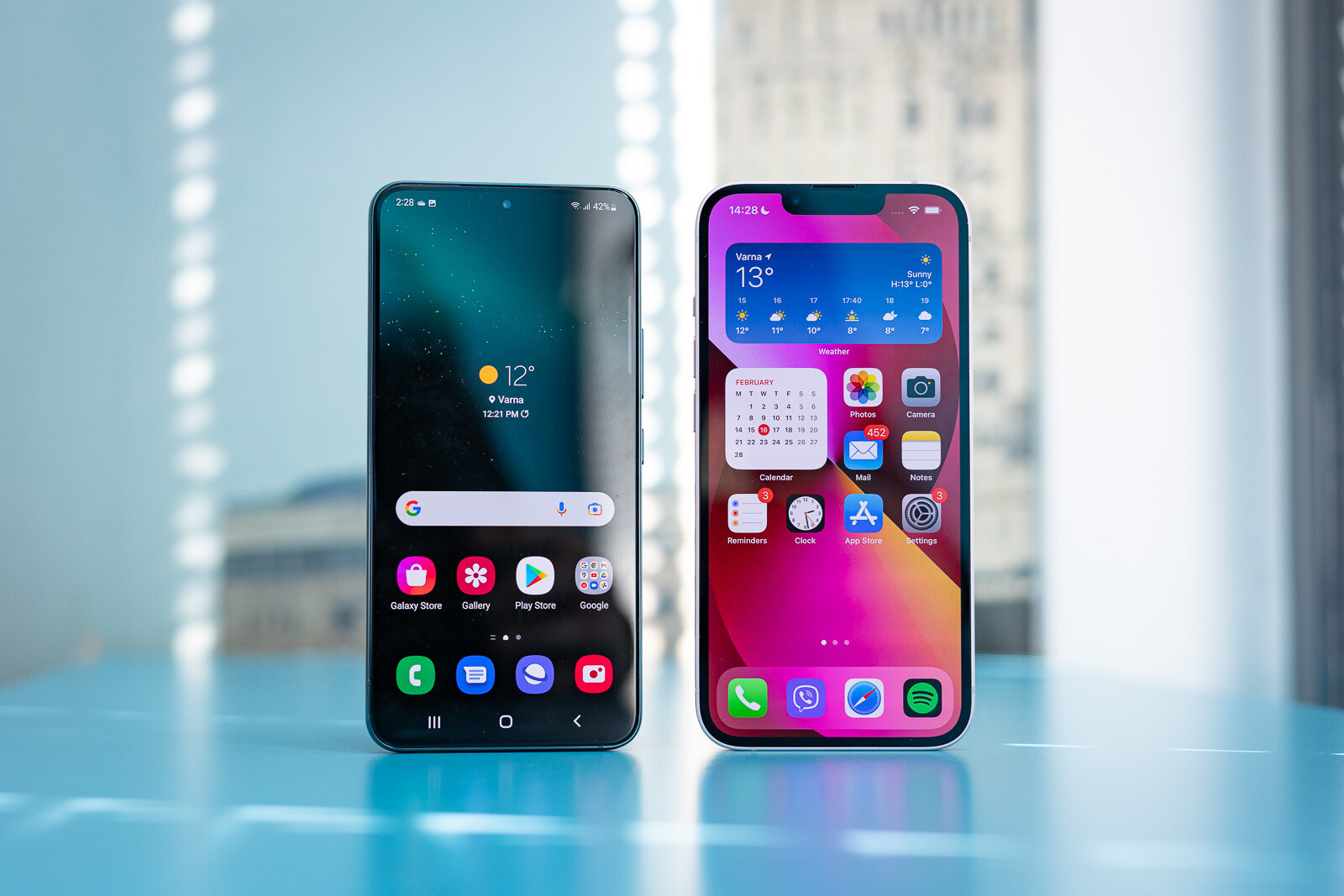Possible Reasons Why Your Phone Says 4G Instead of 5G
With the advancement of technology, many mobile network providers have started offering 5G connectivity to deliver faster internet speeds and improved network performance. However, you may find yourself in a situation where your phone still displays a 4G connection instead of the expected 5G. In this section, we will explore some possible reasons that can explain why your phone is not showing a 5G connection.
1. Incompatible Phone Model: One of the primary reasons for your phone displaying 4G instead of 5G could be due to the model of your device. Not all smartphones are equipped with the necessary hardware to support 5G connectivity. If your phone is an older model, it may only support 4G networks, causing it to display 4G instead of 5G.
2. Location Limitations: Another factor that can affect your phone’s ability to connect to a 5G network is your geographical location. While 5G networks are expanding, they may not be available in all areas. If you are in an area with limited 5G coverage, your phone may default to a 4G connection until you move into an area with better 5G network availability.
3. Network Infrastructure: The availability and implementation of 5G networks depend on the infrastructure developed by mobile network providers. If the network infrastructure in your area does not fully support 5G yet, your phone may only display a 4G connection. This can be due to ongoing network upgrades or limitations in deploying 5G technology in certain regions.
4. Signal Strength: The strength of the signal received by your phone also plays a role in determining the network type displayed. If the 5G signal in your area is weak or unstable, your phone may prefer to connect to a more reliable 4G network. This can happen when you are in a location with limited 5G coverage or when you are indoors where the 5G signal may not penetrate as effectively.
5. Software or Firmware Issues: Sometimes, your phone may have software or firmware issues that prevent it from properly recognizing and connecting to a 5G network. It is essential to keep your phone’s software updated to ensure compatibility with the latest network technologies. If you suspect that software or firmware issues may be the cause, try updating your device to the latest available version.
6. Carrier Limitations: Your mobile carrier may also impose limitations on accessing 5G networks. Some carriers may require specific plans or upgrades to access 5G connectivity. If you haven’t updated your plan or checked with your carrier about 5G availability, your phone may remain on a 4G connection until you make the necessary changes.
7. Phone Settings: Finally, it is worth checking your phone’s settings to ensure that you have enabled 5G connectivity if your device supports it. Look for options like “5G Auto” or “5G Preferred” in your phone’s network settings. If the option is disabled, your phone may prioritize 4G connections over 5G.
By considering these possible reasons, you can gain a better understanding of why your phone is displaying 4G instead of 5G. If you suspect that your phone should be capable of connecting to a 5G network but it isn’t, it may be beneficial to reach out to your mobile carrier or the phone manufacturer for further assistance and clarification.
Incompatible Phone Model
One of the primary reasons for your phone displaying 4G instead of 5G could be due to the model of your device. Not all smartphones are equipped with the necessary hardware to support 5G connectivity. As mobile network providers roll out their 5G networks, newer smartphone models are being released with built-in 5G capabilities.
If you have an older phone model, it is likely that it only supports 4G networks. In this case, your phone will not be able to connect to a 5G network, resulting in it displaying a 4G connection instead. If you are unsure whether or not your phone supports 5G, you can check the specifications provided by the manufacturer or consult your phone’s user manual.
Upgrading to a 5G-compatible phone is the solution if you are eager to experience the faster internet speeds and enhanced network capabilities offered by 5G. Consider researching and investing in a new phone that supports 5G technology. With a compatible device, you will be able to take full advantage of the benefits that 5G networks have to offer.
It’s worth noting that older phone models that do not support 5G will still function perfectly fine on 4G networks. While you may not be able to experience the higher speeds and lower latency of 5G, you can still enjoy reliable and fast internet connectivity on a 4G connection.
Before purchasing a new phone, it is wise to check with your mobile carrier about the availability and coverage of their 5G network. Different carriers may have varying levels of 5G network expansion, so it is essential to ensure that you will have access to 5G in your area before making the investment.
Keep in mind that as 5G technology becomes more widespread, phone manufacturers will continue to release newer models with built-in 5G compatibility. By staying updated with the latest phone models, you can ensure that you are always using a device that supports the most advanced network technology available.
In summary, if your phone displays 4G instead of 5G, it may be because your phone model does not support 5G connectivity. Consider upgrading to a newer device that is compatible with 5G technology to fully experience the benefits of faster internet speeds and improved network performance.
Location Limitations
Another factor that can affect your phone’s ability to connect to a 5G network is your geographical location. While 5G networks are expanding, they may not be available in all areas. The rollout of 5G technology varies from region to region, and it takes time for network providers to deploy 5G infrastructure nationwide.
If you find that your phone displays 4G instead of 5G, it could be because 5G coverage is limited or not yet available in your specific location. Network providers typically prioritize major cities and densely populated areas when it comes to initial 5G deployments. This means that if you live in a more remote or rural area, you may not have access to 5G networks yet.
To determine if 5G is available in your area, you can check with your mobile carrier or explore their coverage map on their website. These maps often provide information on the different types of network coverage available, including 5G. If the map indicates no 5G coverage in your location, it is likely that your phone will only display a 4G connection until 5G is expanded to your area.
Additionally, even if your area has some 5G coverage, it may be limited to specific parts or specific cell towers. This means that you may only experience 5G connectivity in certain areas or when you are in close proximity to a 5G-enabled cell tower. When you are outside these coverage areas, your phone may revert to a 4G connection as it offers more consistent coverage.
It’s important to note that 5G network coverage is continuously expanding, and more areas will be included in the future. If you are eagerly awaiting 5G in your location, keep an eye on network provider announcements and updates regarding network expansions. As time goes on, you may find that 5G coverage reaches your area, and your phone can connect to the faster network type.
In summary, location limitations play a significant role in whether your phone displays 4G or 5G. If you are in an area with limited or no 5G coverage, your phone will default to a 4G connection. Stay informed about network provider expansions and updates to know when 5G will be available in your location.
Network Infrastructure
The availability and implementation of 5G networks depend on the infrastructure developed by mobile network providers. While 5G networks are being rolled out, it takes time for network providers to upgrade their existing infrastructure to support the new technology fully.
If your phone displays 4G instead of 5G, it could be due to ongoing network infrastructure upgrades or limitations in deploying 5G technology in certain regions. Network providers need to install new 5G base stations and equipment to ensure optimal coverage and performance. These infrastructure upgrades often occur gradually and may not be completed in all areas at the same time.
Network providers also prioritize areas with higher population densities and more significant demand when it comes to deploying 5G infrastructure. This means that while 5G may be available in certain cities, it may not be available in smaller towns or rural areas due to the infrastructure limitations.
To find out if your area has 5G coverage or if network providers are actively working on deploying 5G infrastructure, you can check their websites, contact customer support, or consult coverage maps provided by the network providers. These resources can provide valuable information about the progress and availability of 5G networks in your area.
When it comes to network infrastructure upgrades, it’s important to remember that the process takes time, and the deployment of 5G networks is an ongoing effort. Over time, network providers will continue to expand their 5G infrastructure, bringing the technology to more regions and providing broader coverage.
Keep in mind that even if your area is partially covered by 5G infrastructure, the actual range and performance of the 5G signal may vary based on factors such as distance from the 5G base station and potential obstructions. This means that you may experience fluctuations between 5G and 4G connectivity depending on your location within the coverage area.
In summary, the availability of 5G networks is dependent on the network infrastructure developed by mobile network providers. Ongoing infrastructure upgrades and the prioritization of high-demand areas can result in limited 5G coverage in certain regions. Stay informed about the progress of network infrastructure upgrades in your area to know when 5G connectivity will be available.
Signal Strength
The strength of the signal received by your phone is another important factor that can affect whether it displays 4G or 5G. Signal strength is determined by various factors, including the proximity to cell towers, obstructions, and the overall network coverage in your area.
If your phone displays 4G instead of 5G, it may be because the 5G signal in your area is weak or unstable. While 5G networks offer faster speeds and improved performance, their coverage may not be as extensive as 4G networks, especially in the early stages of deployment.
When you are in an area with limited 5G coverage or when you are indoors, where the 5G signal may not penetrate as effectively, your phone may prefer to connect to a more reliable 4G network. This is because a stronger 4G signal can provide a more consistent and reliable connection compared to a weaker 5G signal.
It’s worth noting that signal strength can vary depending on your specific location, even within an area with 5G coverage. Factors such as the distance from the nearest cell tower, the presence of physical obstructions like buildings or trees, and the number of active users in the area can all affect the strength and stability of the signal.
If you find that your phone consistently displays 4G even in areas where you expect to have 5G coverage, it may be worth checking the signal strength indicator on your phone. This can help you determine if the 5G signal is simply too weak to establish a connection, leading to your phone defaulting to a 4G network instead.
In some cases, simply moving to a different location or going outside can improve the signal strength and allow your phone to connect to the 5G network. Alternatively, you can try toggling the airplane mode on and off or restarting your device to see if it helps establish a stronger connection to the 5G network.
Ultimately, the availability and strength of the 5G signal will depend on the specific location and the network coverage provided by your mobile carrier. As 5G technology continues to expand, signal strength and coverage issues are likely to improve, allowing for more reliable 5G connections in the future.
In summary, if your phone displays 4G instead of 5G, it could be because the 5G signal in your area is weak or unstable. Factors such as distance from cell towers and various obstructions can affect signal strength. Try moving to a different location or restarting your device to establish a stronger connection to the 5G network if possible.
Software or Firmware Issues
Sometimes, the reason why your phone displays 4G instead of 5G can be attributed to software or firmware issues. Software and firmware updates are essential for ensuring that your device is compatible with the latest network technologies and can properly recognize and connect to 5G networks.
If you haven’t updated your phone’s software or firmware in a while, it is possible that outdated software may be causing compatibility issues with the 5G network. In this case, your phone may not be able to detect or connect to a 5G network, resulting in it showing a 4G connection instead.
To address this issue, it is recommended to check for and install any available software or firmware updates for your phone. These updates often include bug fixes, performance enhancements, and compatibility improvements that can resolve issues related to network connectivity.
The process of updating your phone’s software may vary depending on the operating system. For iOS devices, you can check for updates by going to the “Settings” app, selecting “General,” and then tapping on “Software Update.” On Android devices, you can usually find the option to update your phone’s software in the “Settings” app, under the “About phone” or “Software update” section.
By keeping your phone’s software up to date, you ensure that it is equipped with the latest features and improvements, including enhanced compatibility for connecting to 5G networks.
If you have recently updated your phone’s software or firmware and are still experiencing issues with connecting to a 5G network, it may be worth checking for any known issues or troubleshooting steps provided by the manufacturer. Visiting the official support website or contacting their customer support can provide you with information and assistance specific to your device.
In some cases, a factory reset of your device may be necessary if software issues persist. However, it is important to note that a factory reset will erase all data and settings on your phone, so be sure to backup your important information before proceeding with this step.
In summary, software or firmware issues can prevent your phone from properly recognizing and connecting to a 5G network, resulting in it displaying a 4G connection. Ensuring that your phone’s software is up to date by installing available updates can help resolve compatibility issues and improve your phone’s ability to connect to 5G networks.
Carrier Limitations
When your phone displays 4G instead of 5G, it is also possible that your mobile carrier imposes limitations or requirements for accessing 5G networks. While network providers are rapidly expanding their 5G coverage, there may be specific plans or upgrades necessary to access the faster network type.
Some carriers may require customers to subscribe to specific 5G plans or upgrade their existing plans to include 5G access. This means that if you are still on a 4G plan or have not made the necessary upgrades, your phone will only display a 4G connection.
To determine if your mobile carrier has any limitations or requirements for accessing 5G, it is best to check their website or contact their customer support. They will be able to provide you with accurate and up-to-date information on the availability of 5G networks in your area and the steps required to access them.
Keep in mind that availability and pricing of 5G plans may vary depending on your carrier. Some carriers may offer 5G access at no additional cost, while others may require customers to pay a premium for the faster network speeds.
If you are interested in upgrading to a 5G plan, it is a good idea to research the different options provided by your carrier. Compare the pricing, features, and coverage to ensure that you choose a plan that best fits your needs and budget.
Additionally, ensure that your phone is compatible with your carrier’s 5G network. Not all phone models are compatible with all carriers, so it is important to check for compatibility before making changes to your plan or upgrading to a 5G device.
By understanding the limitations and requirements set by your mobile carrier, you can take the necessary steps to access 5G networks. Whether it is upgrading your plan or ensuring your phone is compatible, addressing carrier limitations allows you to make the most of the faster and more advanced 5G technology.
In summary, mobile carriers may have specific limitations or requirements for accessing 5G networks. Check with your carrier to see if you need to upgrade your plan or make any changes to access 5G. Understanding and addressing carrier limitations will allow you to connect to the faster and more advanced 5G network.
Phone Settings
When your phone displays 4G instead of 5G, it’s worth checking the settings on your device to ensure that 5G connectivity is enabled. Some phones allow you to manually control the preferred network type, and if 5G is disabled or not selected, your device will default to a 4G connection.
To access the network settings on your phone, go to the “Settings” app and look for the “Network” or “Connections” section. Within this section, you may find options such as “Mobile Networks” or “Network Mode.”
Look for the option that allows you to select the preferred network type. Depending on your phone and operating system, you may see choices like “Auto,” “LTE/4G/3G/2G,” or “5G Auto.” Selecting “5G Auto” or a similar option enables your phone to automatically connect to a 5G network when available. If you have selected a different option or disabled the 5G network, your phone will remain on a 4G connection.
It’s important to note that not all smartphones have the ability to connect to 5G networks. If your phone model does not support 5G, you will not find a 5G network setting in your phone’s options. In this case, your phone will only be able to connect to 4G or lower network types.
For those with 5G-compatible phones, enabling the 5G network setting may not guarantee an immediate connection to a 5G network. The availability and strength of the 5G signal, as well as location and network coverage limitations, still play a role in whether you can connect to 5G.
If you have checked your phone’s settings and ensured that the 5G network option is enabled, but your phone still displays 4G, it may be worth restarting your device. Sometimes, a simple restart can help establish a better connection and prompt the phone to connect to the available 5G network.
If the issue persists, it is recommended to reach out to your mobile carrier or the phone manufacturer’s customer support for further assistance. They can provide specific troubleshooting steps or address any software-related issues that may be preventing your phone from connecting to a 5G network.
In summary, checking and adjusting your phone’s network settings can help ensure that 5G connectivity is enabled. Look for the option to select the preferred network type, such as “5G Auto,” to enable your phone to connect to 5G networks. If the issue persists, contact your mobile carrier or the phone manufacturer’s customer support for further assistance.







